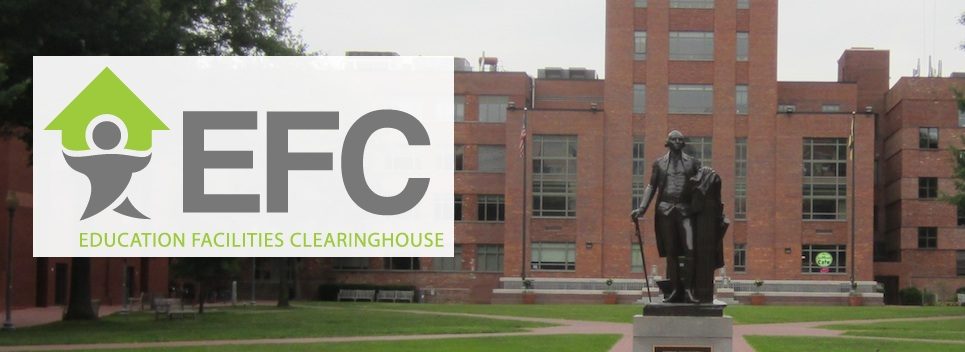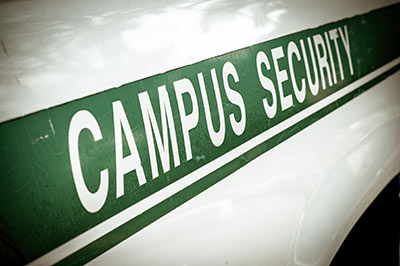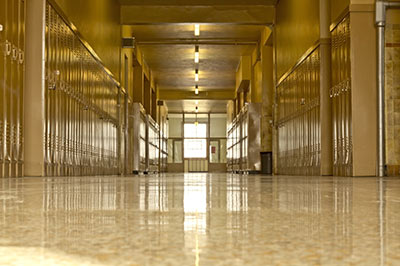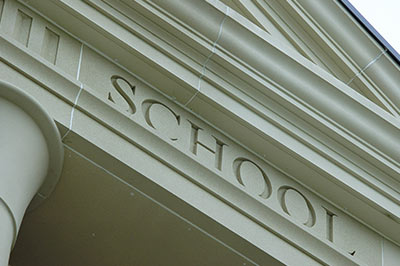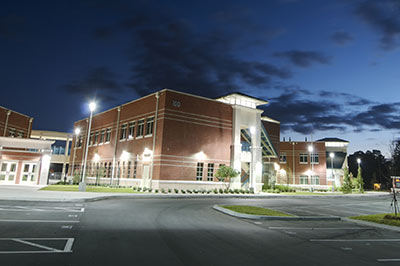New Jersey Department of Education, 2011. The New Jersey Department of Education takes proactive measures to protect the safety and security of all our students and staff members. All school districts in New Jersey are required to have a school safety and security plan. Each plan must be designed locally with the help of law enforcement, emergency management, public health officials and all other key stakeholders. All plans must be reviewed and updated on an annual basis. These plans include procedures to respond to critical incidents ranging from bomb threats, fires and gas leaks, to an active shooter situation.
This document provides the required elements that must be included in every district’s school safety and security plan. The requirements are not a step-by-step guide for completing a comprehensive emergency response plan, but rather define the minimum elements that should be included in the plan, including the planning process.
